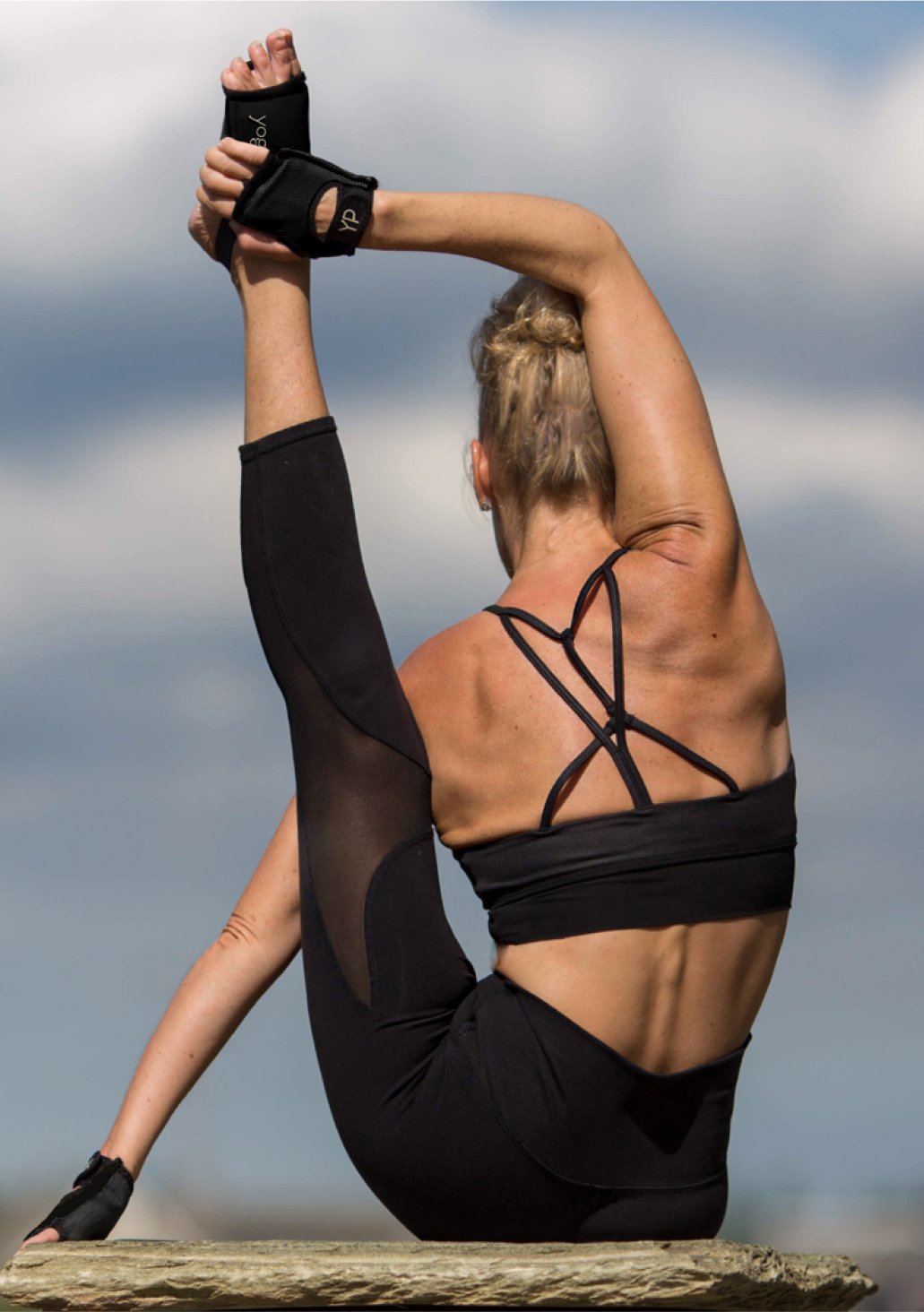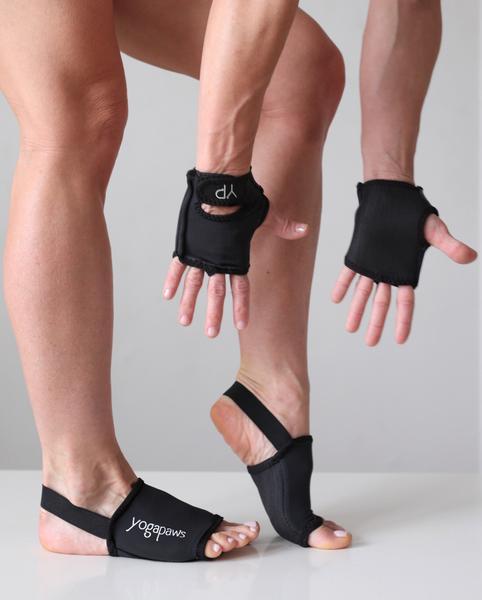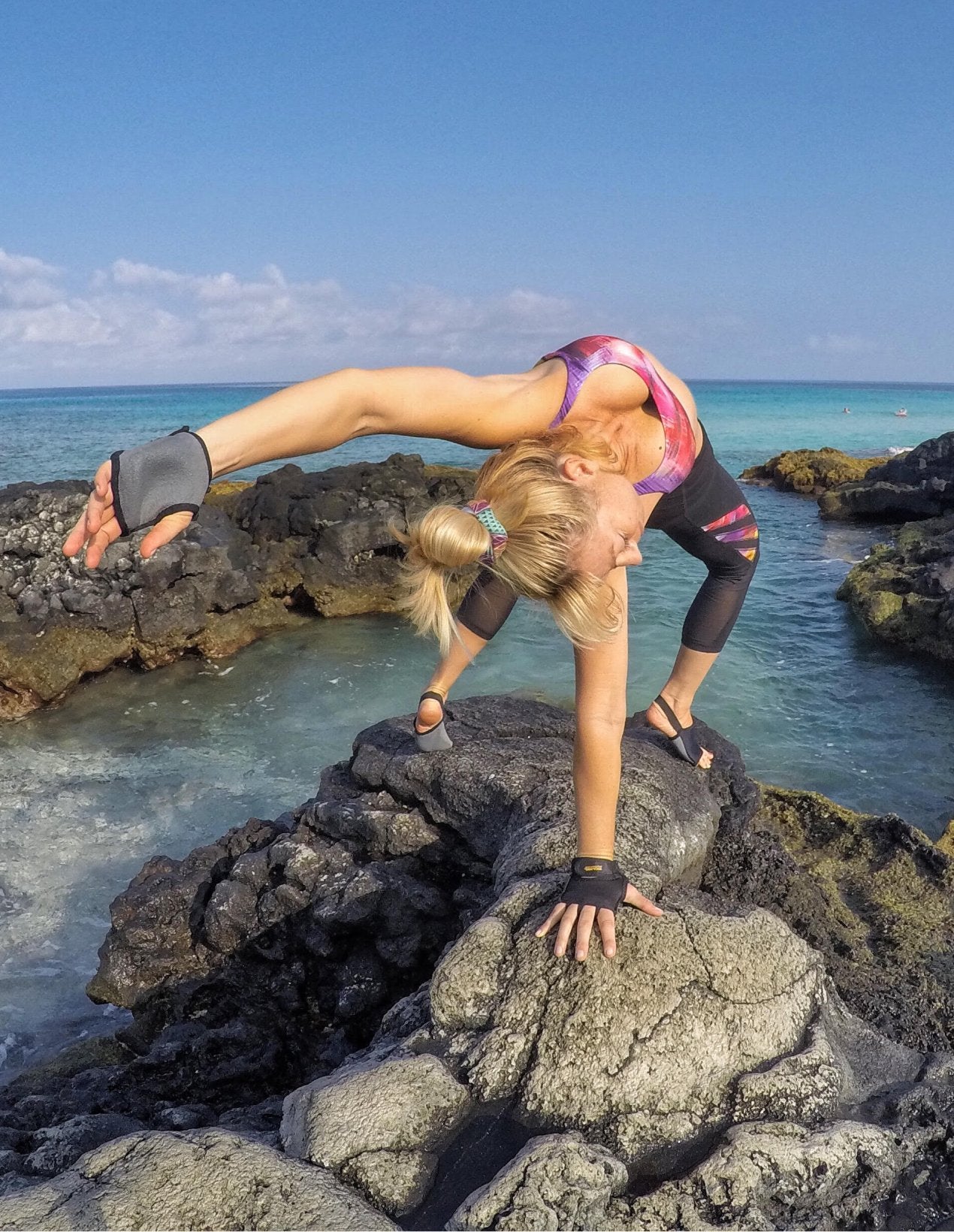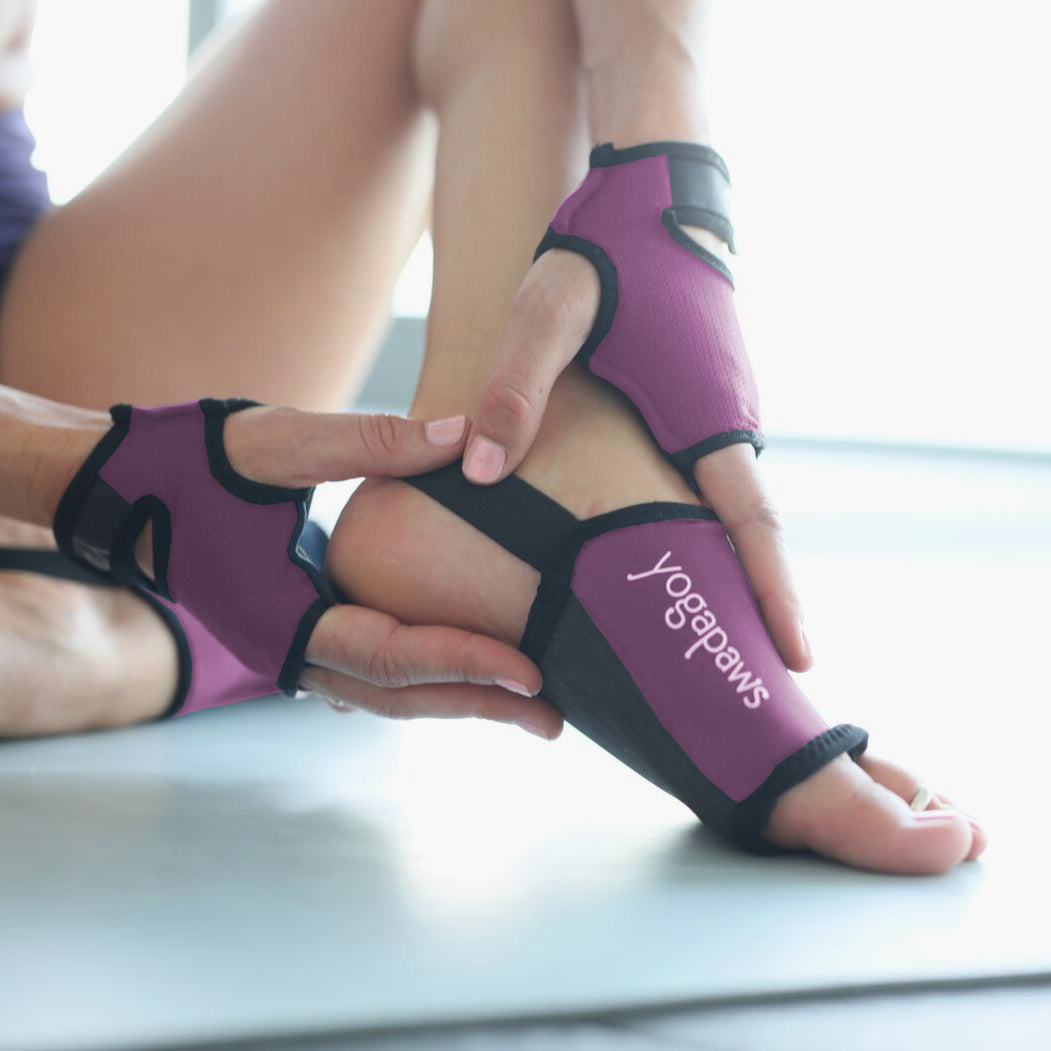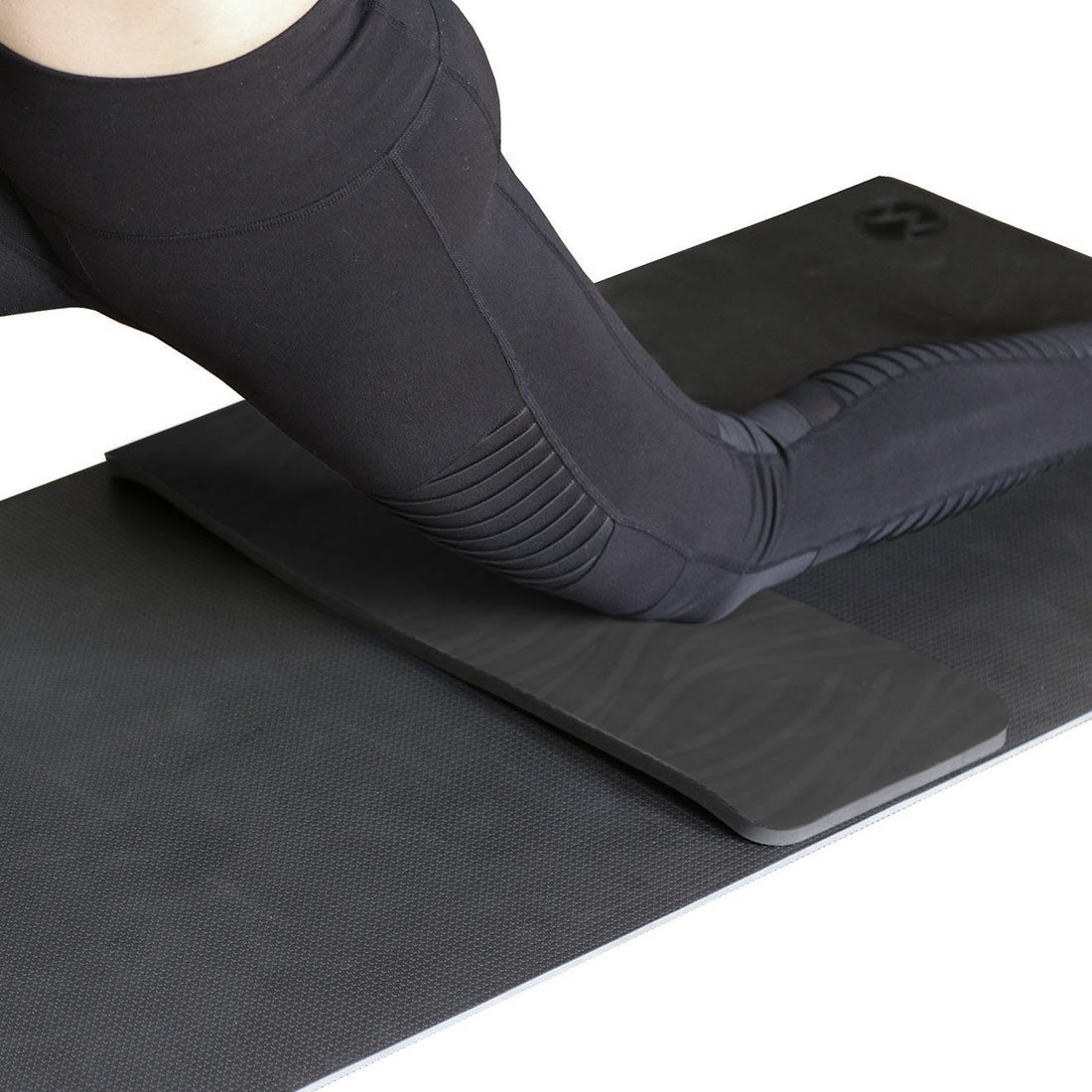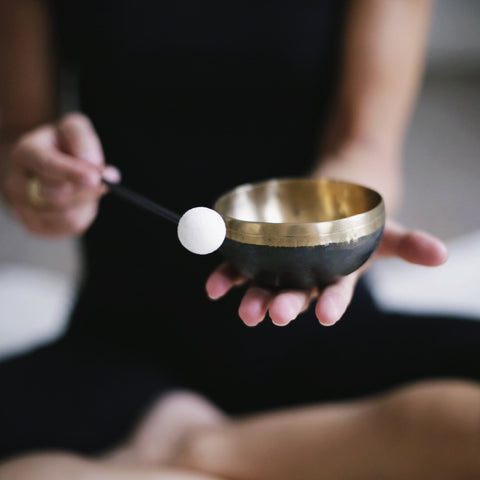
Although meditation is great for you and is a wonderful addition to your yoga practice, it can be difficult to remember practice regularly. Our lives are busy, and sometimes meditation can be put on the back burner, or even seem intimidating if you are new to your practice.
Here are some tips to help you start and maintain a consistent meditation practice:
Start with Small Time Intervals
The best way to begin a meditation practice is to start small. Even a 5-minute meditation in the morning or before bed can help you start to feel benefits and form a habit. In this time period, allow yourself to clear your mind, concentrate on your breath and just be in your body in the present moment. Once you start to feel more comfortable with this, you can begin to lengthen the amount of time you practice for.
Try Using Guided Meditations
Meditation may seem intimidating at first, but you don’t have to do it alone. One of the easiest ways to start meditating is with guided meditations! There are hundreds of free guided meditations available on YouTube and smartphone apps. Whether you are looking for something to help you sleep, to balance your chakras, or relive stress and anxiety, there is something out there for everyone! It takes the guesswork out of meditating and allows you to focus on the guide, rather than spending your time wondering if you’re doing it right!
Put It in Your Calendar
Like many things in life, if you don’t make time for it on your schedule, it will be easy to forget to practice. By adding meditation into your weekly schedule, it will help you make sure nothing else gets put ahead or interferes with your sacred meditation time. If your schedule allows, try to plan your practice at the same times each day/week so it’s easier to form a habit.
Create a Comfortable Practice Space
Meditation will be more successful if you have a comfortable and quiet place to practice. Try placing pillows or blankets in a corner of your room with a wall to help support your back. Maybe light candles or use sage to help this area smell good and create a calm aroma. Having a specific spot just for meditating can help you truly focus without getting distracted. Every time you come back to this spot, you will be able to feel more relaxed and focused on clearing your mind!
Here are three poses you can practice when you need a quick meditation intervention:
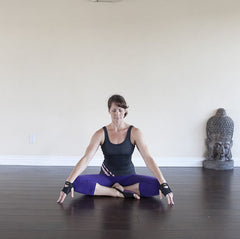 |
Sukhasana (Easy Pose)Benefits: This is a foundational pose often used to begin and end yoga classes in meditation. It calms and relaxes the mind and body. It promotes posture and opens hips. How it's done:
|
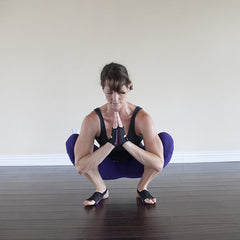 |
Malasana (Garland Pose)Benefits: This is a great stretch for tight ankles and hips. How it's done:
|
 |
Adho Mukha Vrksasana (Handstand Pose)Benefits: This inversion stimulates blood flow to your head and strengthens your arms, wrists, and shoulders. It promotes core balance. How to do it:
|
Thanks for reading! Feel free to take 10% off your next order with code: PAWBLOG

AUTHOR BIO
Stephanie Morgan is a yoga instructor and fitness, fashion & lifestyle blogger from Chicago! Yoga has impacted her life in so many ways, and she loves having the opportunity to teach and share her practice with others. She hopes to encourage and inspire other people to follow their dreams and find new levels of possibility in their minds and bodies by bringing their practice off their mat and into their lives! You can find her blog at www.XoStephMorgan.com
Instagram: www.Instagram.com/XoStephMorgan
Facebook: www.Facebook.com/XoStephMorgan
Twitter: www.Twitter.com/XoStephMorgan



